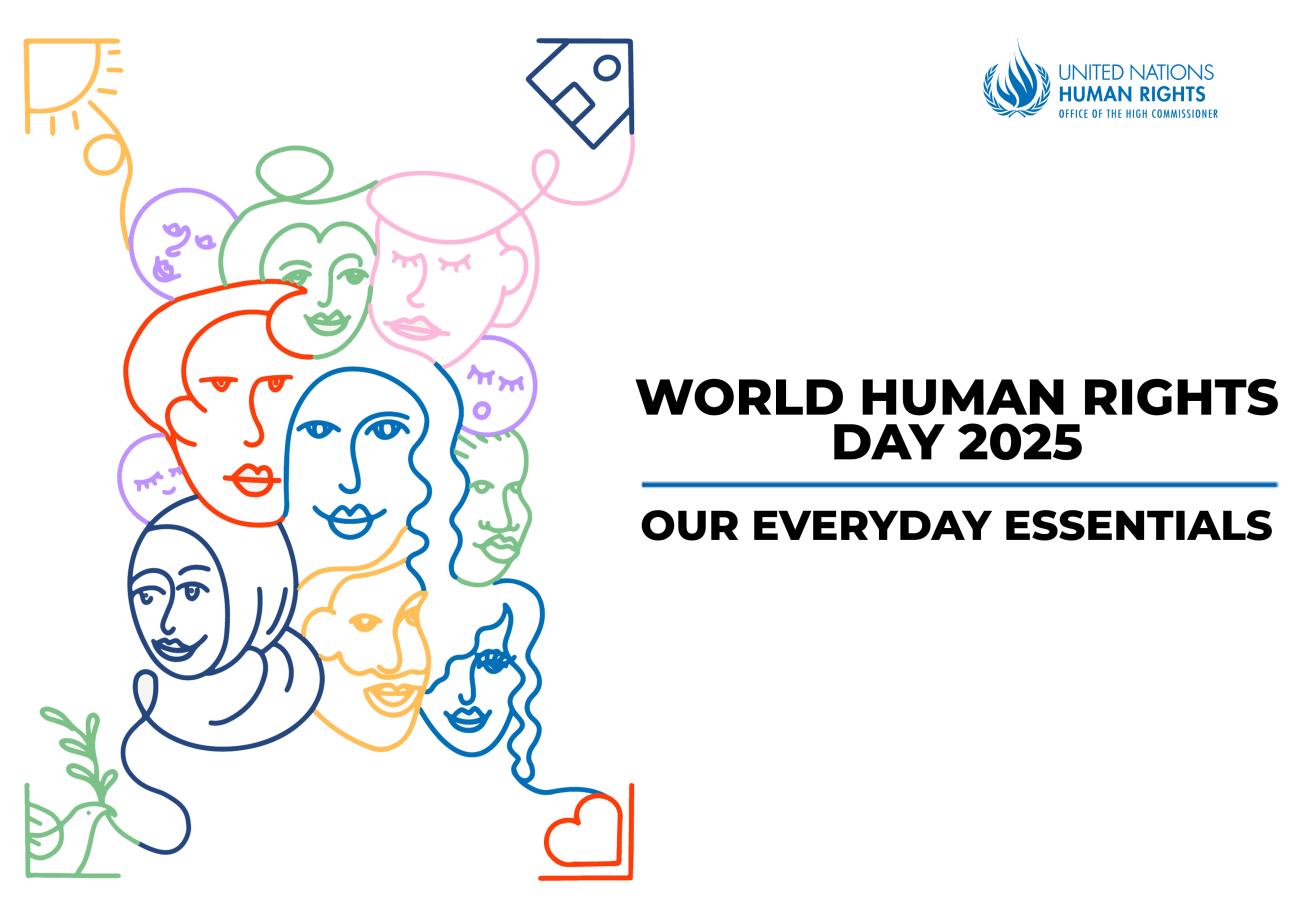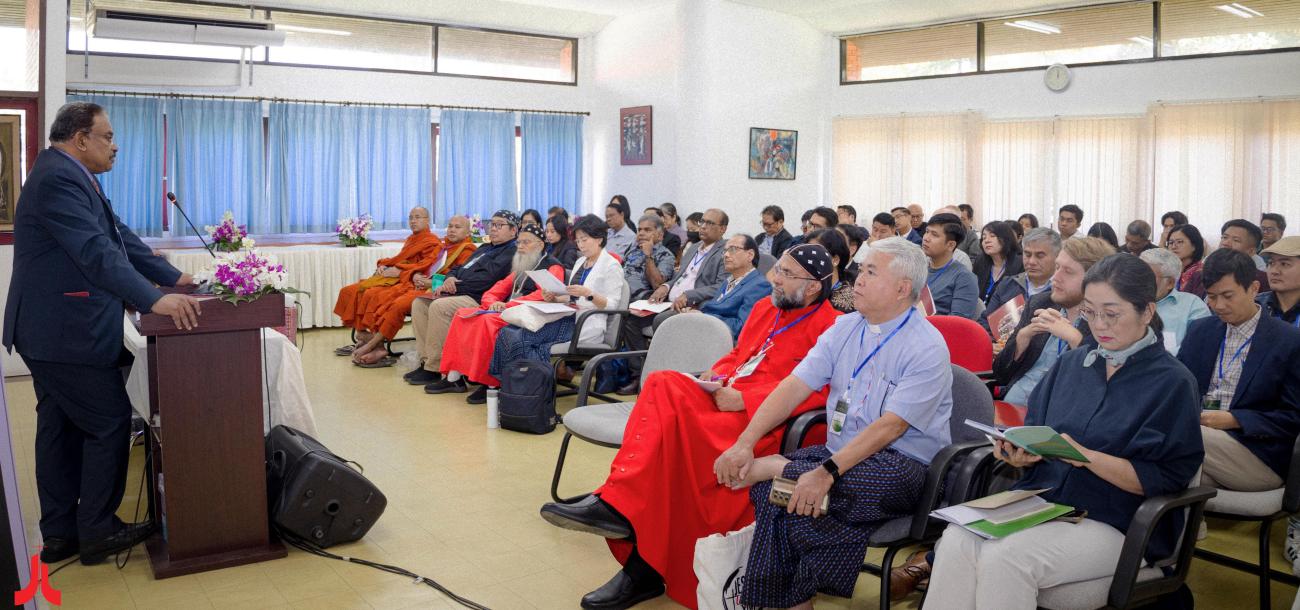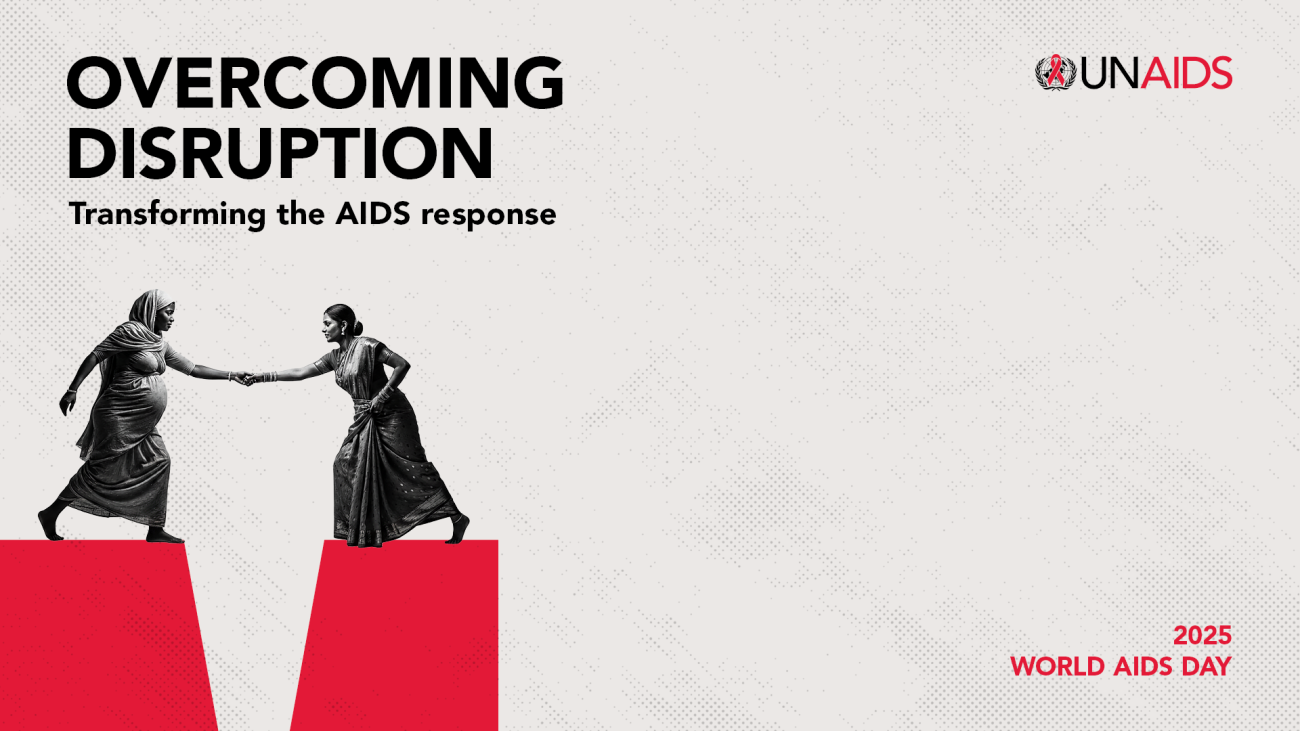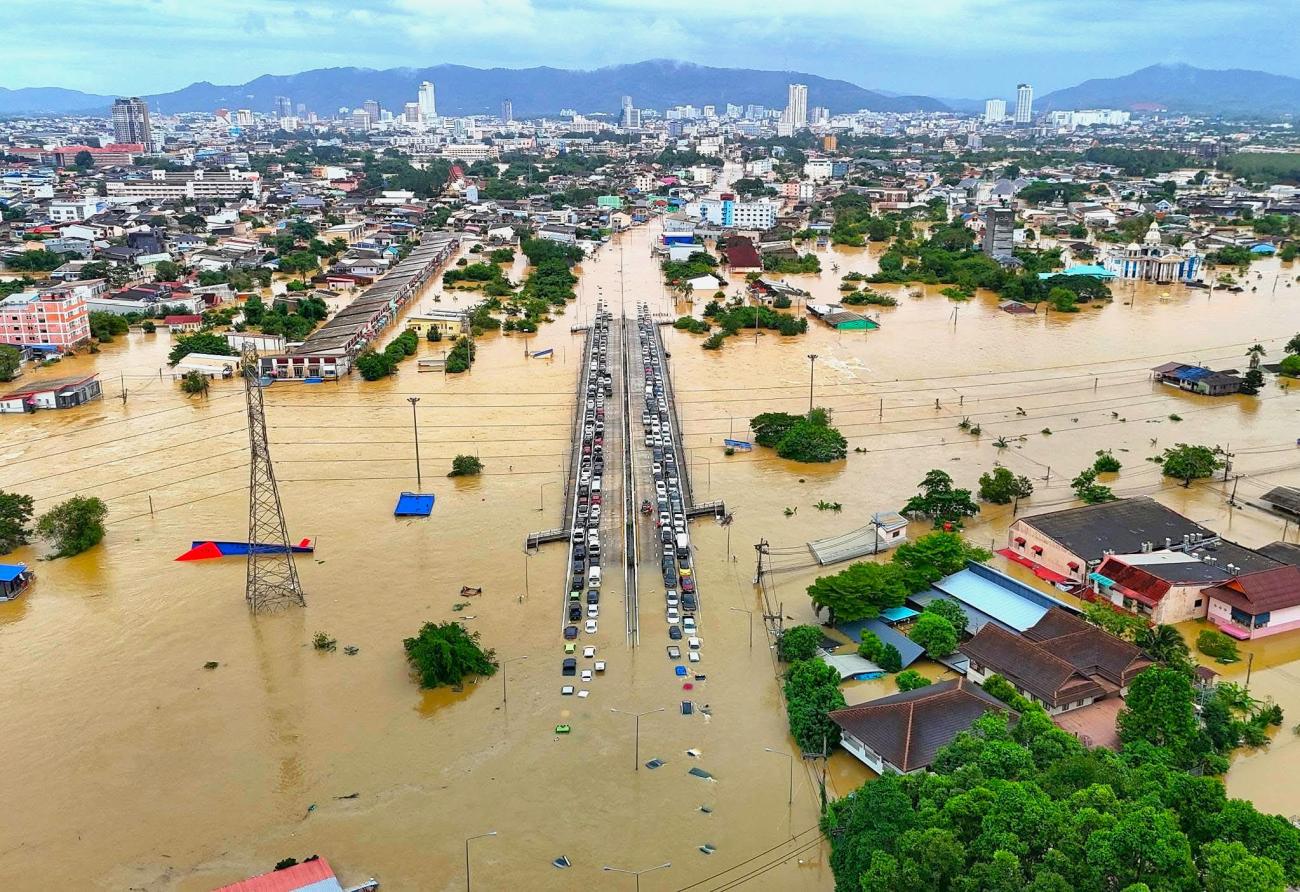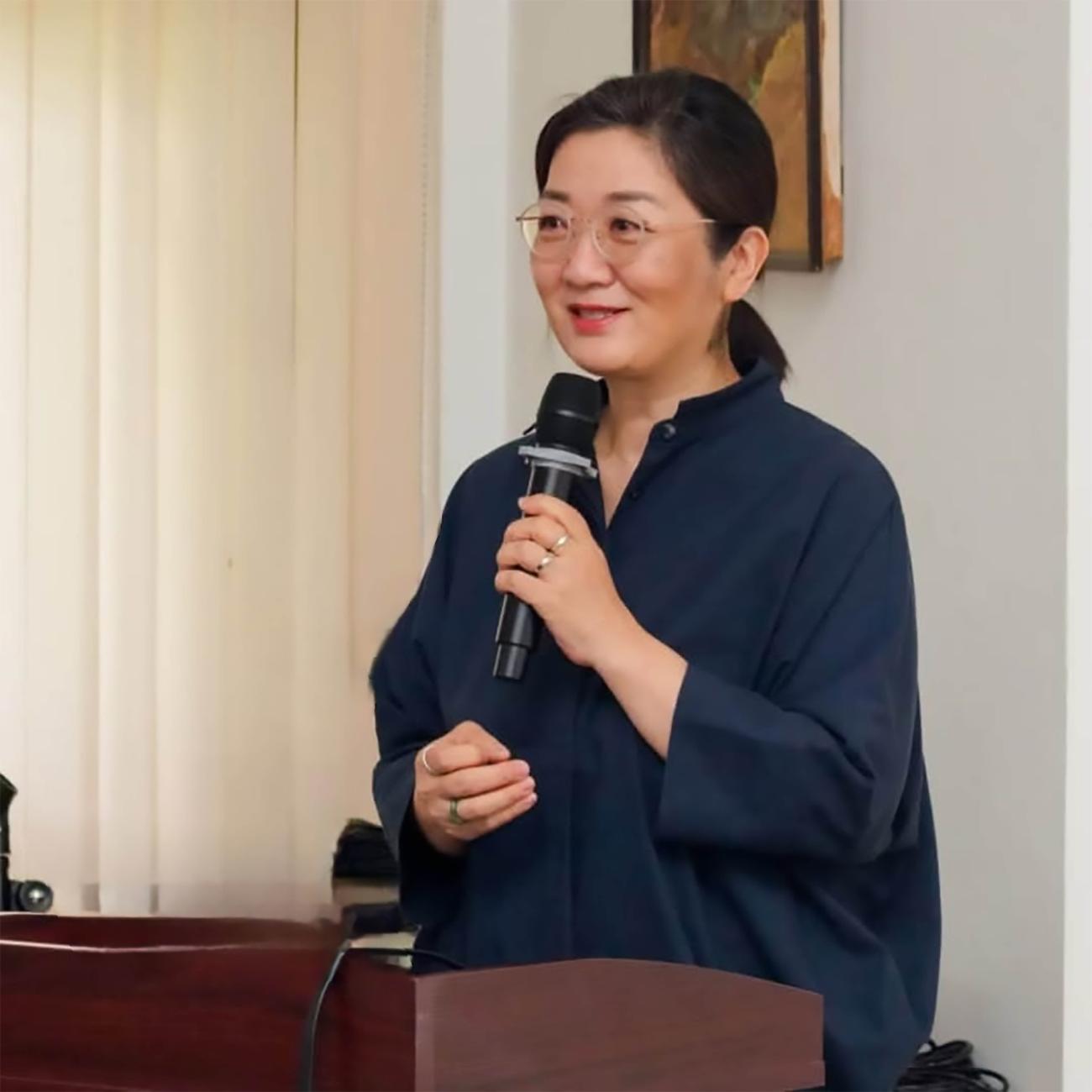Hiroshima Day - A Time For Remembrance And Prayer

As we pause to remember and recall the horrors and sufferings of that day and the subsequent bombing in Nagasaki, we cannot but think of the million-plus Japanese survivors classified as “hibakusha,” or atomic bomb survivors, in the postwar years. Only about 183,000 are still alive. Many are still fighting illnesses and injuries traced to the bombings seven decades ago. Time has not eased the burden. Decades after the bombings, survivors can be diagnosed with cancer and others illnesses linked to radiation.
Tsutomu Yamaguchi, an employee of the Mitsubishi Heavy Industry, was on a business trip to Hiroshima and sleeping comfortably in a guesthouse that fateful day when the atomic bomb fell, barely 2 km away from the epi-center of the blast. His skin was badly burnt, palms were blistered, hair was singed and hearing lost, but miraculously he survived. He spent the night in a relief camp and after basic medical treatment limped back 180 miles to his hometown to join his wife and children. On August 9, the second atomic bomb struck the quiet town of Nagasaki. But Yamaguchi survived once again, perhaps to tell the story to the generations to come. Atomic blast survivors are called Hibakusha in Japanese. But there are very few who are niju Hibakusha (double survivors). Yamaguchi was one of those. But the best of him came out when he was invited to deliver a speech on nuclear non-proliferation in the United Nations, where he talked about disarmament but emphasized a philosophy of malice or grudge towards none, despite the fact that he was suffering from an incurable gastric cancer. He died on 4th January 2010.
The greatest risk the world faced was from forgetting Hiroshima, said Mikiso Iwasa, Chairman of the Japan confederation of atom bomb sufferers’ organizations. A survivor himself, Mr. Iwasa said “The fact that the world is still bristling with 15,000 nuclear weapons, means that anyone in the world could become a hibakusha (survivor of the bomb) at any time.”
On Hiroshima day let the lives of the survivors and the painful memories and sufferings of the innocent victims of the first atomic bomb, deter us from war and the deadly effects of nuclear weapons of mass destruction.
Let us choose life, not death…
Photo: Plaque advocating peace from nuclear weapons
Photo Credit: Internet sources



